This week, students in both of my Family Learning Program clases began a project that will span two weeks.
Using recycled or upcycled wool fabric harvested from fulled sweaters as their base, these students needlefelted Harrisville wool to create features for puppets. Harrisville is an ideal wool for needlefelting because it has lots of crimp and the fibers are not aligned, as in many rovings sold as a sliver. It also comes in a wide array of colors and can be quickly blended with your fingertips to create even more combinations.
The students traced a cardboard outline onto two pieces of fulled wool, then cut along the contour lines. Next, they worked on adding faces to one piece of felt. This student is making a cyclops with a red mouth and fangs.
This student preferred to be the set decorator, creating backgrounds for the puppets he overhead various students describing. The mixed blues were going to be an ocean for another’s mermaid. He offered to make a tree for my sample owl puppet and a cave for the cyclops.
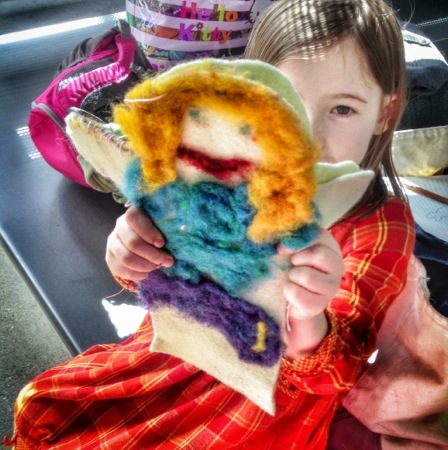
Adding surface embellishment to fulled fabric is an easy introduction to felting for young children. Working on a foam pad, they can keep track of where their fingers are, reducing the chance of accidental puncture or snapped needles. The best part for many children is the ultimate flexibility of the method. Don’t like that eye placement? Rip it off and put it somewhere else. Don’t like that color? Rip it off and choose another. Can you think of another medium better suited for those paralyzed by commitment anxiety? This is also a perfect way to allow children to experiment with color and texture.

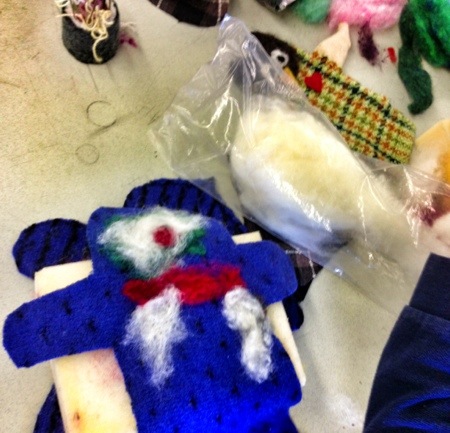


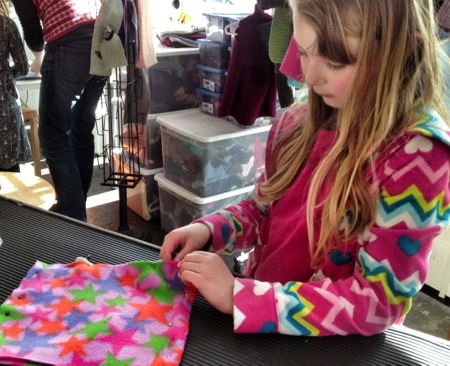
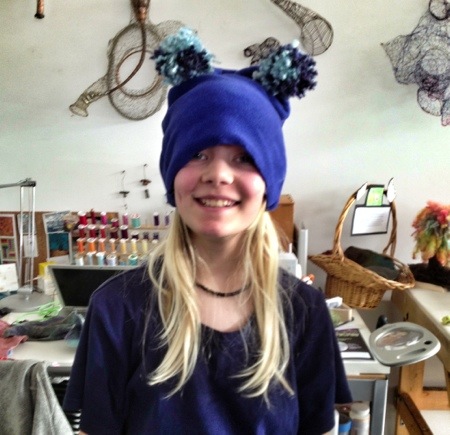
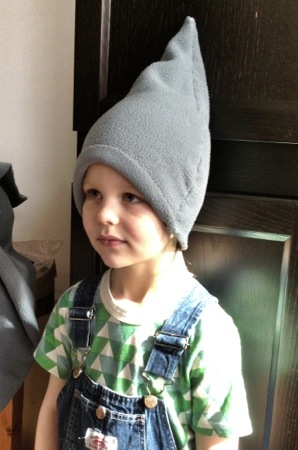
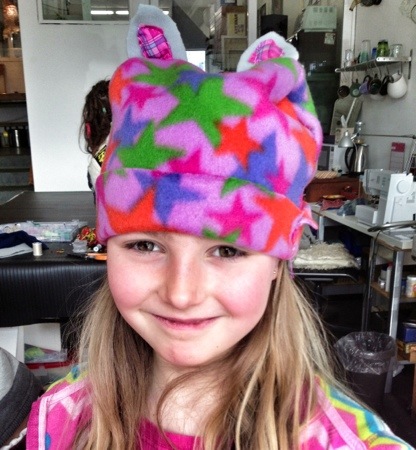
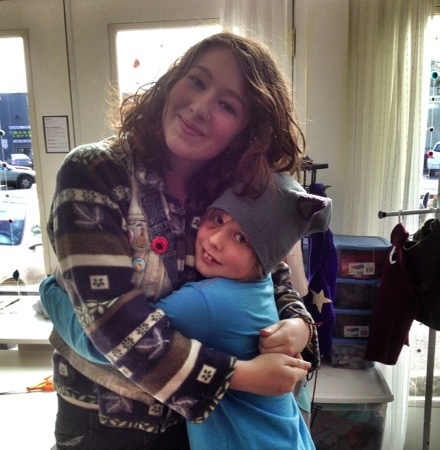













































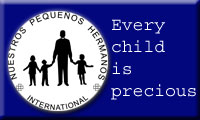

You must be logged in to post a comment.